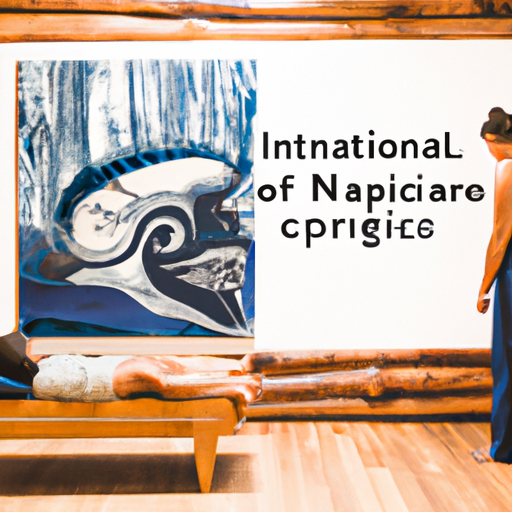Tackling The Opioid Crisis: An Indigenous Chiropractor’s Approach
In the continuous battle against Canada’s opioid crisis, unique strategies and fresh perspectives are welcomed. Here, we spotlight the incredible work of an Indigenous chiropractor taking notable strides in addressing this crisis in his own unique way. This piece by sasktoday.ca shares his inspiring story.
The Opioid Crisis in Canada: A Snapshot
The opioid crisis in Canada is a complex health and social problem that has resulted in an alarming increase in opioid-related deaths, hospitalizations, and substance use disorders. It has had significant impacts on individuals, families, and communities, resulting in widespread concerns about crime, homelessness, and increased healthcare costs.
Chiropractic Care: An Alternative Approach to Pain Management
Enter stage left, Dr. Stacey Swampy-Billy, an Indigenous chiropractor who offers a proactive approach to tackling opioid addiction. As the opioid crisis escalates, Dr. Swampy-Billy sees the potential in using his profession to fight back. He believes that by providing effective non-drug therapies for chronic pain, chiropractic care offers an alternative to patients who might otherwise turn to opioids for pain management.
Understanding the Connection: Chronic Pain, Opioids and the Indigenous Population
The connection between chronic pain and opioid abuse is both poignant and powerful, particularly in Indigenous communities who have been disproportionately affected by the opioid crisis. Addressing the underlying issue of pain with alternative pain management techniques is a significant step in disrupting this tragic cycle.
Key Takeaways from Dr. Swampy-Billy’s Approach
- Indigenous communities suffer the brunt of the opioid crisis disproportionately. Connecting and assisting these communities is crucial to combating the problem.
- Alternative therapies for chronic pain management can potentially reduce the dependency on opioids.
- Chiropractors are well-positioned to be part of the solution by delivering non-medication therapies to reduce and manage pain.
- Education and awareness can be effective in preventing opioid addiction and encouraging people to seek help.
- Access to medication-assisted treatments (like naloxone) remains of paramount importance.
Pushing for Change: The Opioid Class Action Lawsuit
We must remember the opioid crisis isn’t an isolated issue. It’s firmly entwined within the broader context of social inequality, homelessness, and a troubled healthcare system. As such, initiatives such as the national opioid class action lawsuit seek to hold opioid manufacturers and distributors accountable, further stressing that tackling this crisis is a multi-pronged effort.
Wrapping Up
From policy-making, legislation, healthcare systems reformation, to Dr. Swampy-Billy’s work in Shrubsjoint First Nation, the fight against the opioid crisis in Canada is far-reaching. Different strategies ranging from chiropractic care to class action lawsuits all contribute significantly to the efforts made to mitigate the dire impact of this crisis.
We appreciate the hard work and empathetic approach that Dr. Swampy-Billy has incorporated into his practice in combatting this devastating crisis, proving that every bit helps. And through consistent effort and commitment, we can turn the tide against the opioids crisis, restoring health, hope, and communities.


